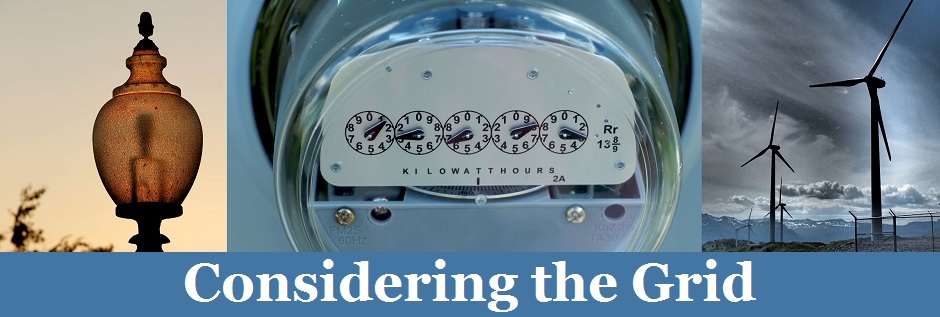Both the President’s proposed budget and the Trump Administration’s long-awaited infrastructure plan recommend significant changes to the role the federal government plays in the energy sector. The President’s proposed budget for Fiscal Year 2019, which includes substantial cuts to both EPA funding and certain Department of Energy programs, was released earlier this week and is accompanied by:
- An Analytical Perspectives document that, among other things, provides additional information and context on assumptions, concepts, technical analysis, and other special topics included in the budget;
- An Appendix that provides more detailed financial information on budget estimates for individual agencies and programs; and
- A Major Savings and Reforms document that describes proposed major discretionary and mandatory savings programs.
The President’s proposed budget includes the following energy-related items:
- Reduce funding for DOE’s applied energy research and development programs by approximately $2 billion, including the elimination of the Weatherization Assistance Program and State Energy Program;
- Eliminate the Advanced Research Project Agency-Energy (which supports early-stage research into high-potential energy technologies);
- Fund multiple programs relating to cybersecurity and resilience, including more than $95 million to the reorganized Office of Cybersecurity, Energy Security, and Emergency Response; and
- Divest the transmission assets owned and operated by Power Marketing Administrations, such as the Southwestern Power Administration, Western Area Power Administration, and Bonneville Power Administration.
Department of Health and Human Services:
- Continue the President’s previous budget proposal to eliminate the Low Income Home Energy Assistance Program.
- Increase funding to programs that support the Department of the Interior’s proposed “aggressive strategy for leasing offshore oil and gas”;
- Provide $18 million to help initiate the Department’s internal reform plan; and
- Reduce funding for land acquisition from $154 million to $8 million.
Environmental Protection Agency:
- Eliminate “lower priority programs,” including the Climate Change Research and Partnership Programs, the Indoor Air and Radon Programs, the Marine Pollution and National Estuary Programs, the Environmental Education Program, and the Beaches Program;
- Reduce funding for EPA’s Office of Research and Development by approximately $230 million compared to 2017 levels; and
- Eliminate government funding for the ENERGY STAR program and authorize EPA to instead collect fees from product manufacturers to fund this program.
The President’s proposed budget now will go to Congress for its consideration.
This week, the White House also put out its infrastructure plan, entitled Legislative Outline for Rebuilding Infrastructure in America. This document provides the Trump Administration’s roadmap for Congress to draft a comprehensive infrastructure bill designed to “stimulate at least $1.5 trillion in new investment over the next 10 years, shorten the process for approving projects to 2 years or less, address unmet rural infrastructure needs, empower State and local authorities, and train the American workforce of the future.”
The President’s infrastructure plan includes the following energy-related measures:
- Create a $100 billion Incentives Program (administered by the Department of Transportation, Army Corps of Engineers, and EPA) that would provide support to wide-ranging classes of assets, including hydropower infrastructure;
- Establish a Rural Infrastructure Program that would make $50 billion available for capital investments in rural infrastructure, including “governmental generation, transmission and distribution facilities”;
- Create a $20 billion Transformative Projects Program to “provide Federal funding and technical assistance for bold, innovative, and transformative infrastructure projects,” including those in the energy sector; and
- Significantly revise and streamline the federal permitting and environmental review process.

